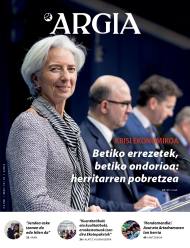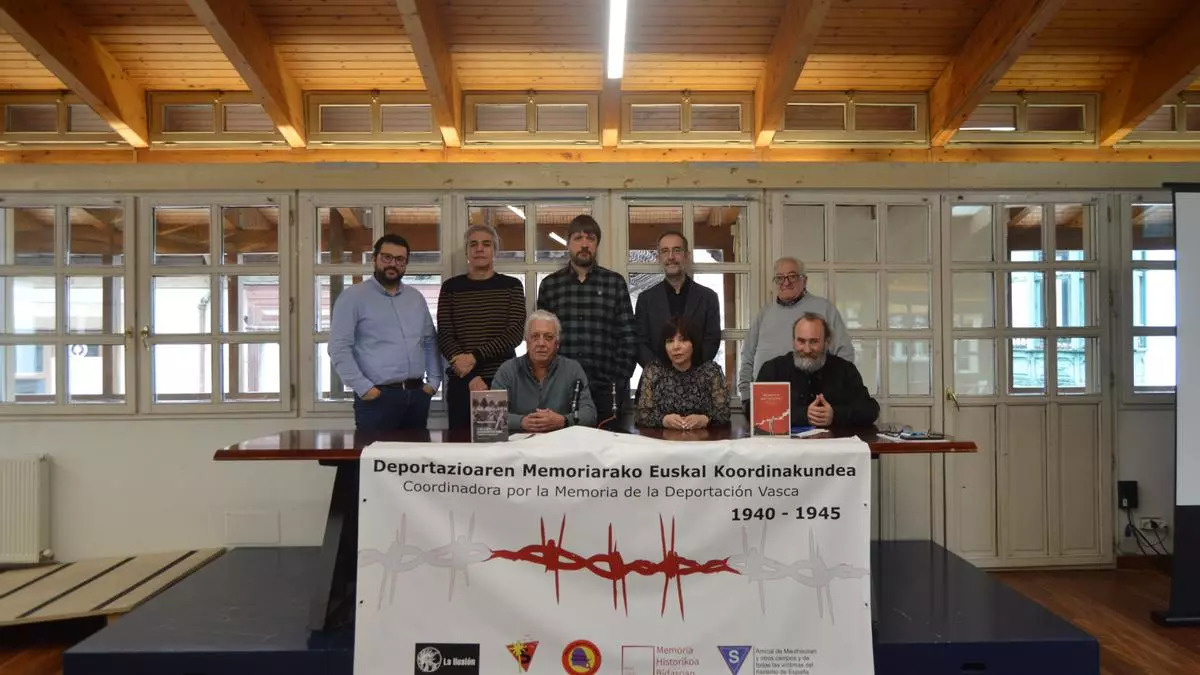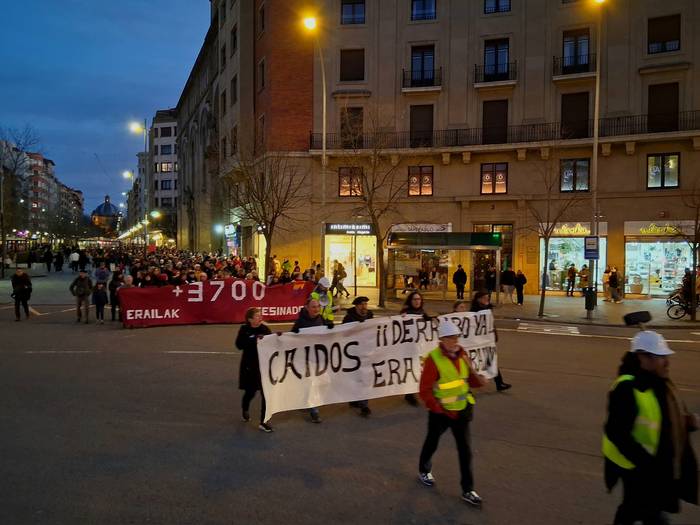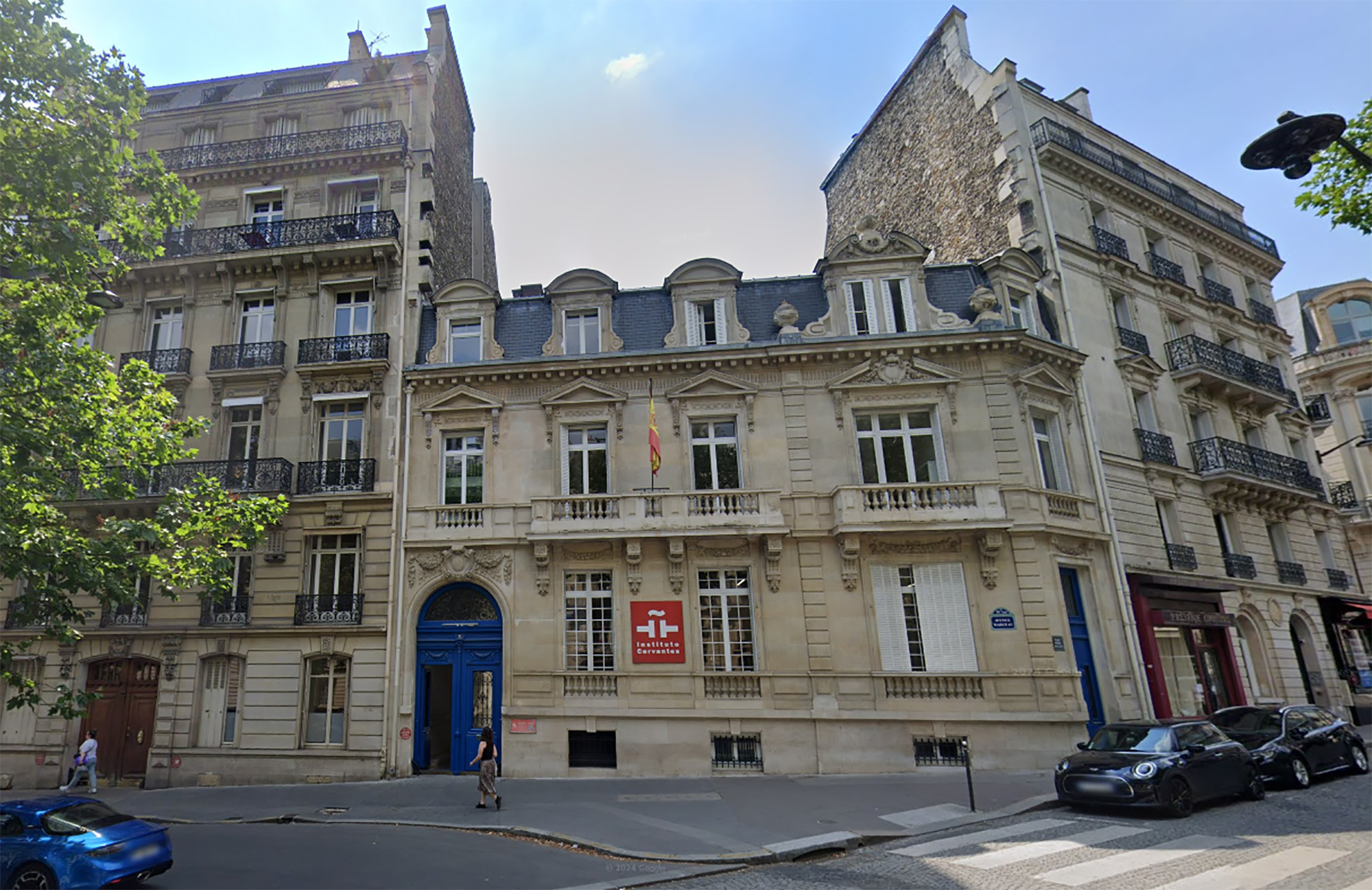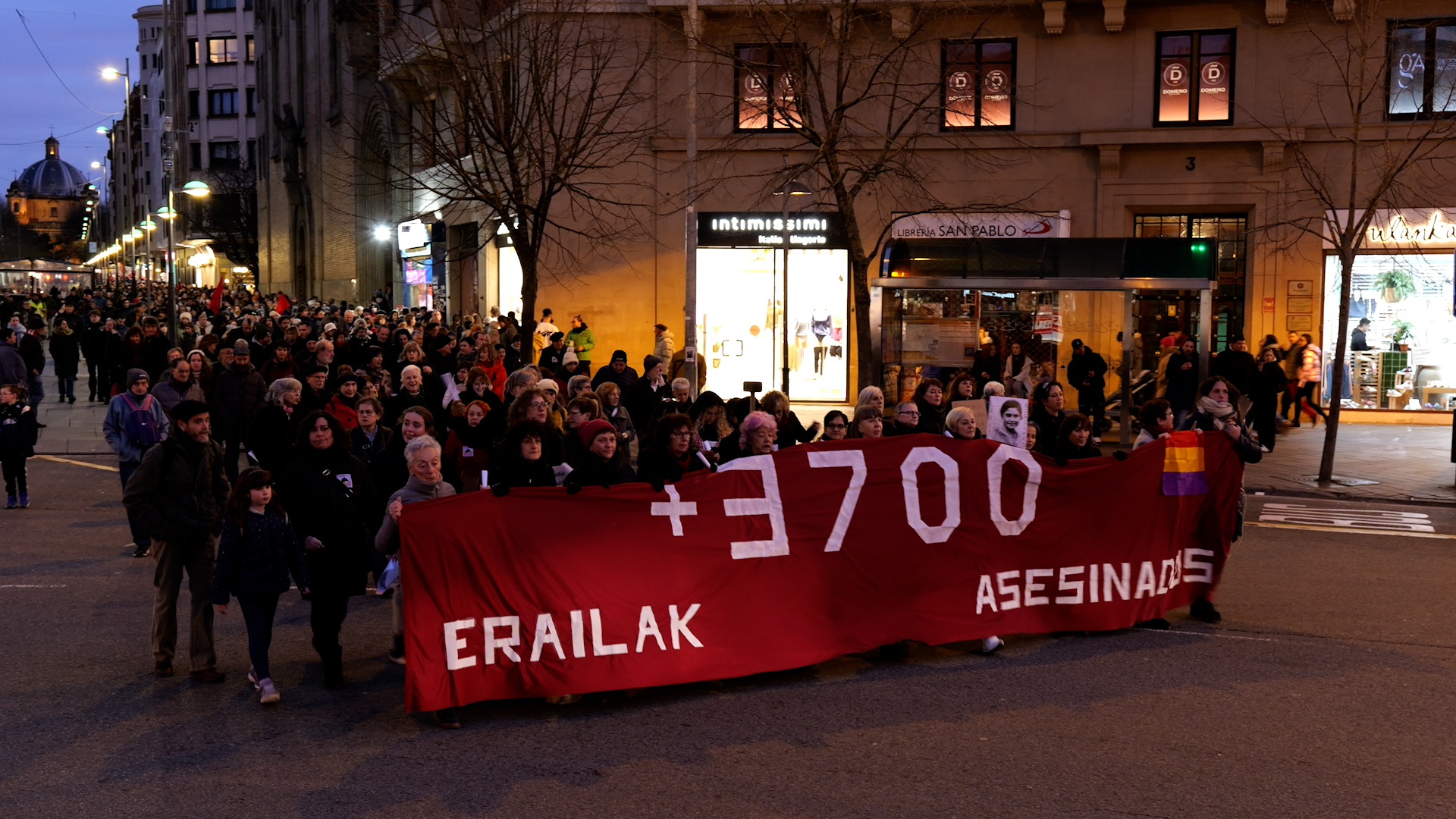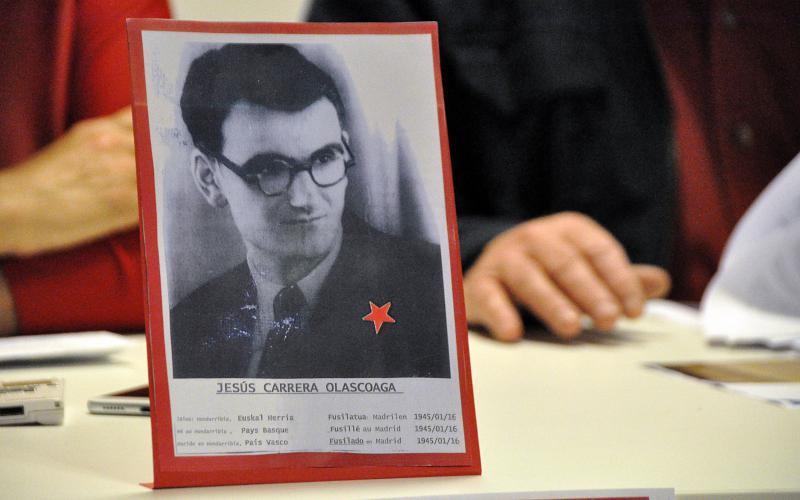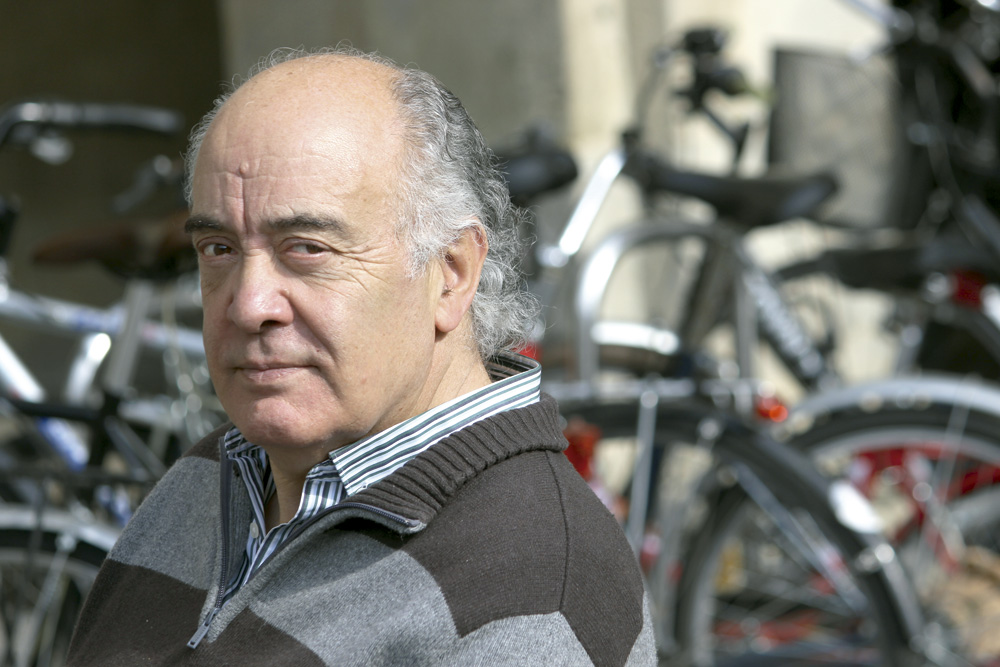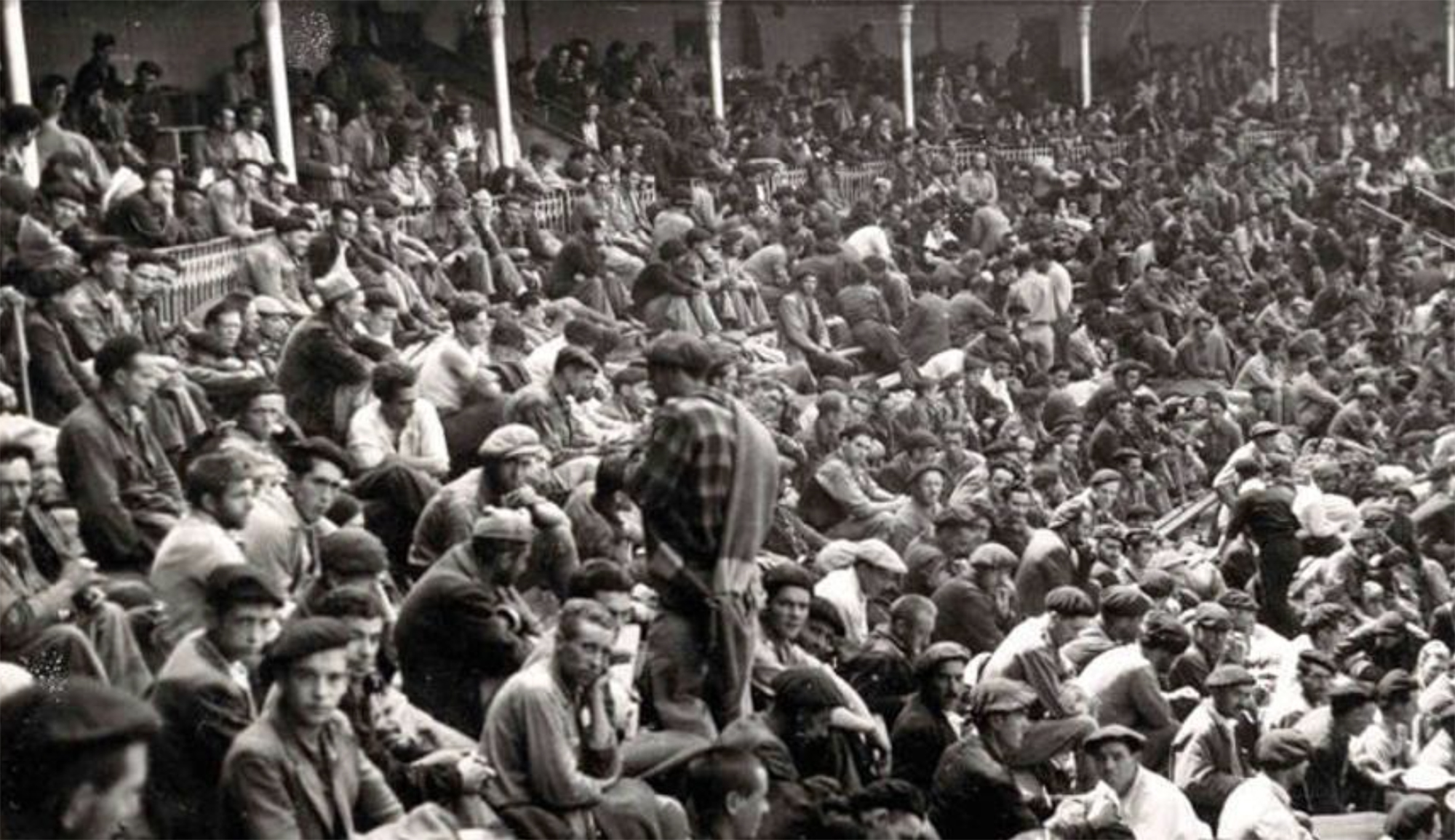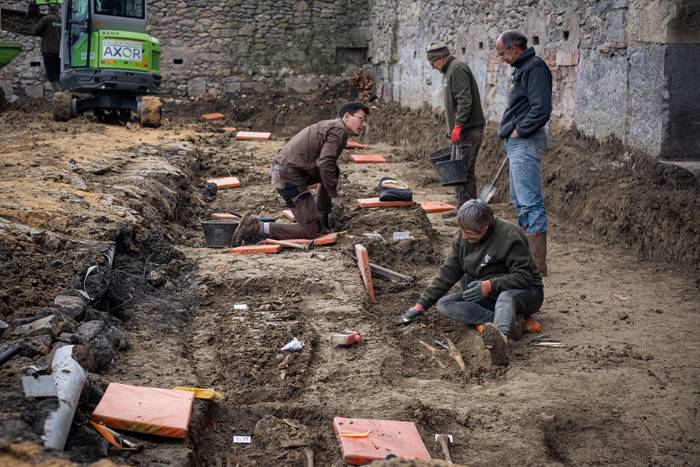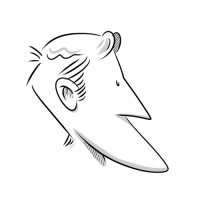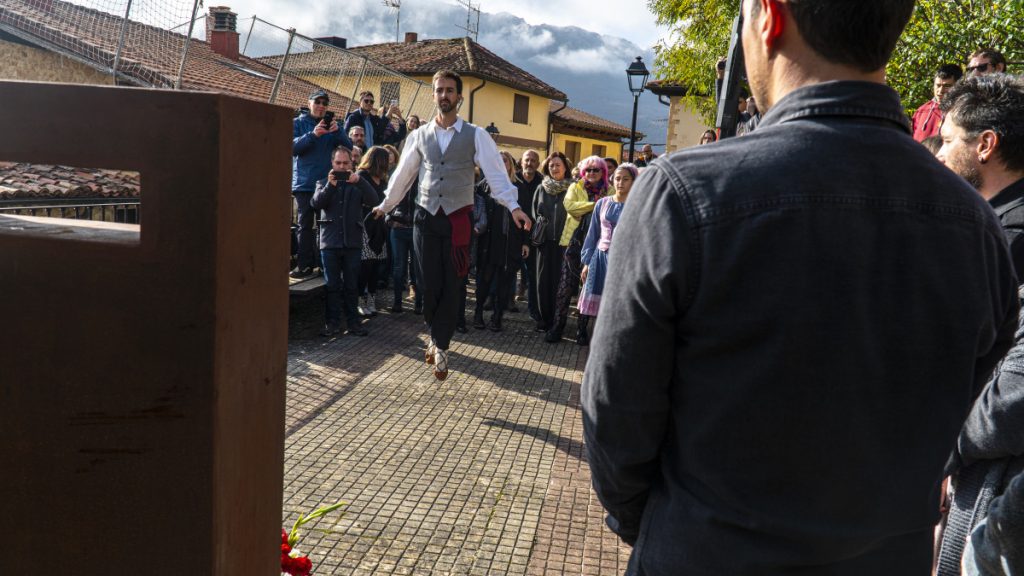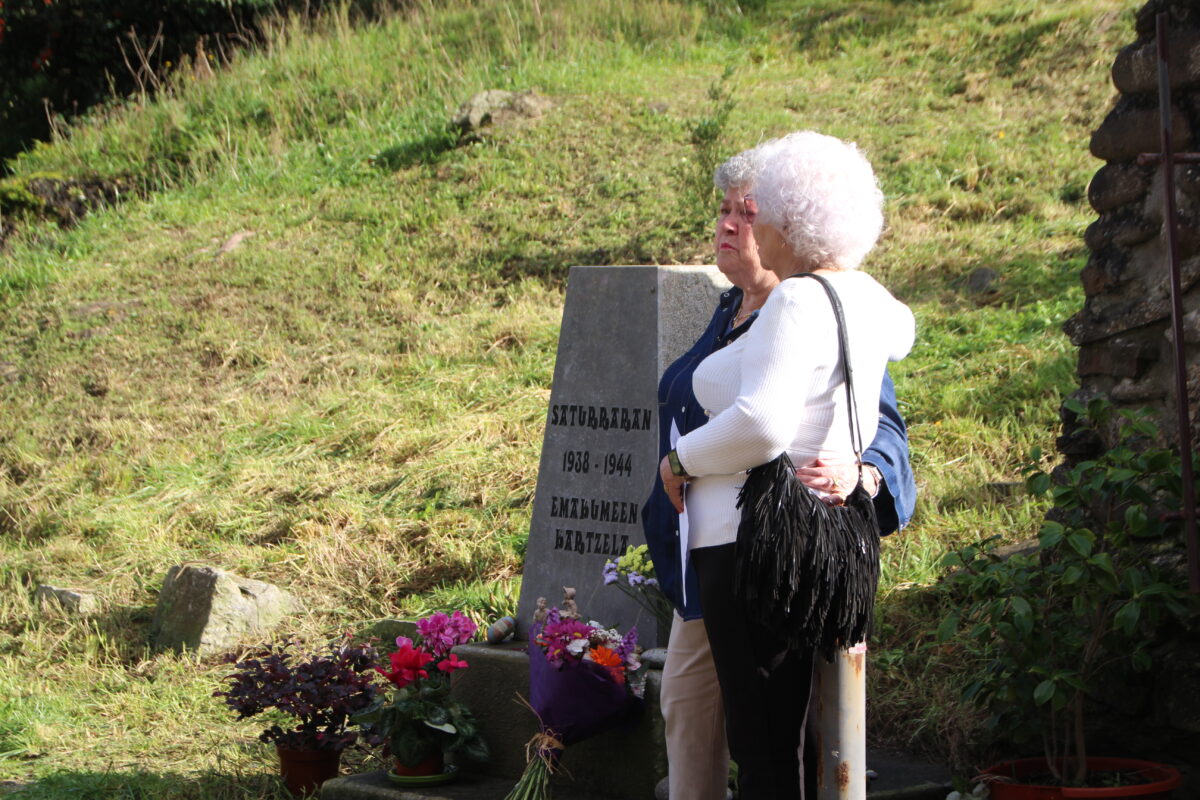Nguyen Van Dong, a gesture forgotten by Basque refugees
- Biarritz, 14 October 1972. In the gardens of Javalquinto, next to the city hall, the Vietnamese Nguyen Van Dong committed suicide, setting himself on fire as a bully.
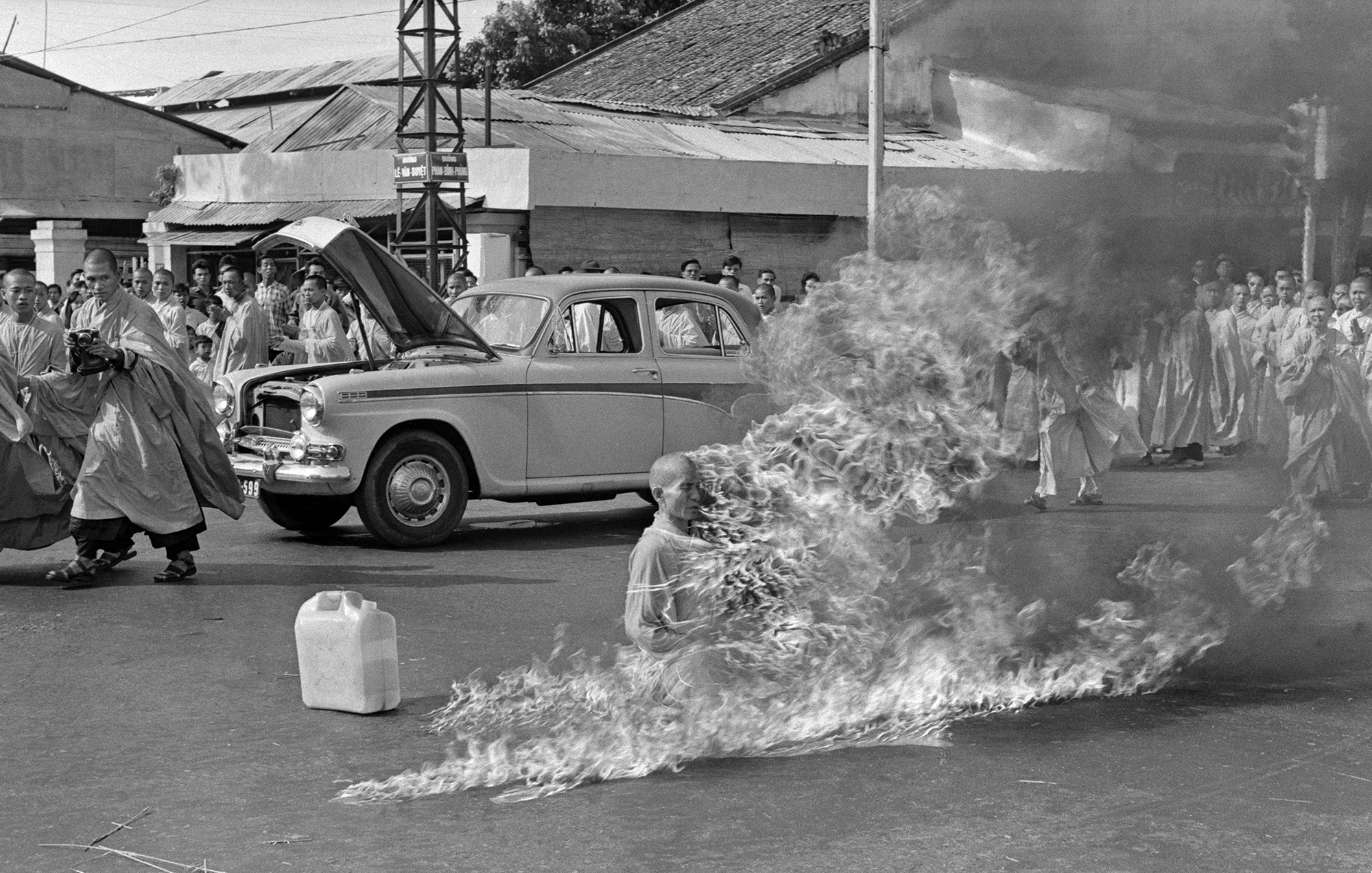
The next day he was briefly mentioned in the newspaper Sud Ouest and the next day they drew an article with more data. The main media of Hego Euskal Herria and Spain received a note from Efe. In all cases, some details of the event were gathered, including the inability of witnesses to save life and the identification of a 73-year-old man, now known on a website as “young Vietnamese”, at four hours. He also left a blurry clue: Van Dong was admitted to the Pau psychiatric ward and fled that same day. But they didn't mention why he committed suicide.
At that time several Basque refugees were on hunger strike to combat their measures and prevent their expulsion to the Spanish State.
Nine years earlier, Buddhist monk Thích Queng committed suicide (in the photo) to protest the persecution of the government of South Vietnam. The photographer Malcolm Browne made him a photo which he would then be awarded the Pulitzer Prize, which caused this form of extreme protest to be made known to everyone, that is, self-care as a pumping, which means Buddhist monk. So what was Van Donge opposed to?
In the books The tenderness of the peoples (2011) of Jesus Valencia and Refugees (2015) by Iñaki Egaña the question is answered: it was an action in favor of Basque refugees. At that time, several Basque refugees were on hunger strike to combat their measures and prevent their expulsion to the Spanish State. Then, Van Dong sent the newspapers a series of anonymous letters, signed with the nickname “Yon” or “Jon”, threatening that it would burn if they did not abandon the measures. And in the end, he fulfilled the threat.
On the occasion of the 50th anniversary of the event, ARGIA journalist Lander Arbelaitz has been collecting the data and sources collected in these lines. But there is still much to explore, for example, the archives of Enbata magazine and Pau's psychiatric journal can open the way to unravel Van Dong's mystery and acknowledge his action.
Bilbo, 1954. Hiriko Alfer eta Gaizkileen Auzitegia homosexualen aurka jazartzen hasi zen, erregimen frankistak izen bereko legea (Ley de Vagos y Maleantes, 1933) espresuki horretarako egokitu ondoren. Frankismoak homosexualen aurka egiten zuen lehenago ere, eta 1970ean legea... [+]
Deportazioaren Memoriarako Euskal Koordinakundeak aintzat hartu nahi ditu Hego Euskal Herrian jaio eta bizi ziren, eta 1940tik 1945era Bigarren Mundu Gerra zela eta deportazioa pairatu zuten herritarrak. Anton Gandarias Lekuona izango da haren lehendakaria, 1945ean naziek... [+]
Pamplona, 1939. At the beginning of the year, the bullring in the city was used as a concentration camp by the Francoists. It was officially capable of 3,000 prisoners of war, at a time when there was no front in Navarre, so those locked up there should be regarded as prisoners... [+]









